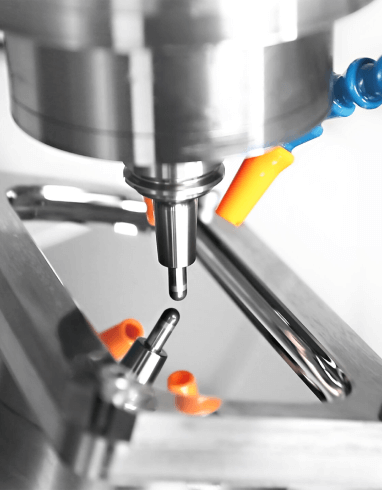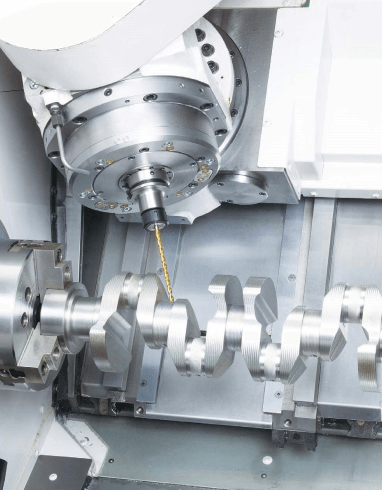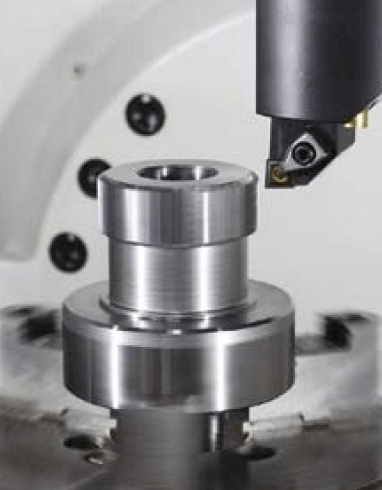We address your frequently asked questions
Here you will find answers to the most common inquiries about our equipment and services. If you have any questions that are not covered here, please feel free to contact us; we are here to assist you.
Equipment
What should we consider when choosing a suitable CNC Machine Tool?
We must start from the application, i.e. the product to be machined. The basic considerations are: part material, dimensions, processes, finishes and production volume. Our sales consultants are trained to advise you on stand alone projects, complete processes and turnkey projects.
What kind of capabilities should be considered when choosing a CNC Machine?
It is necessary to consider the capabilities of the equipment that the project requires, such as working space, strokes, power, load capacity, table size, sizes and types of tools to be used, as well as dimensions and weights of the devices and parts, among other technical aspects that our engineers will support you with during the consulting process.
How is a spindle selected?
The spindle is the heart of a CNC machine tool. Depending on the type of material we are going to machine, we must choose the right speed, power and torque range for our project. Whether by torque or revolutions per minute (rpm), spindles operate very differently, so the one with more rpm, power or torque is not necessarily better. Most of the time you can configure a machine with different spindles, but you will certainly need to have other considerations around the equipment to complement its machining capabilities.
What are the advantages of a multifunctional lathe?
These machines stand out for their high flexibility and productivity thanks to their shorter cycle times, better final part quality, lower labor requirements and much shorter delivery times. This is due to the fact that it achieves simultaneous 5-axis and 6-sided machining in a single operation; it also has greater tolerance control, shorter waiting times between operations and lower amortization costs.
Investment
Which is the most cost-effective equipment?
It is vital to identify all those factors that affect or benefit the project, and to consider that the useful life of CNC equipment of this type is at least 15 to 20 years. Although there is equipment with more than 30 years operating normally.
How is the total cost of ownership of CNC equipment calculated?
The Total Cost of Ownership (TCO) of a CNC equipment is an auxiliary financial estimate of the direct and indirect costs of a piece of equipment, so that it is easier to choose it accurately and objectively. To do so, we must take into account the needs and scope of the project, as well as the hidden variables that affect or benefit the project; but also estimate the costs and benefits that a CNC equipment will bring throughout its productive life, so that our analysis will serve as a competitive advantage.
How long does it take to amortize the price of a CNC Machine Tool?
Amortizing the price of an equipment in 1 or 2 years would not be very competitive, however, thanks to the depreciation of more than 10 years of our equipment, the amortization is possible in a period of 3 to 5 years, thus investing in a high-end equipment with a price 10 to 15% higher, because with its useful life of more than 15 years is much more profitable.
Why choose a more expensive equipment?
We often think in terms of what we need immediately, and not how a smart investment can increase our profitability and transform our productivity. For example, a Horizontal Machining Center requires a larger investment than its Vertical counterpart, however, the former integrates elements of greater size, quality and performance that make it optimal for precise and continuous machining, ideal for expanding your capacity. In addition, it has capabilities such as higher spindle utilization, heat dissipation and tool life, indicators that consolidate greater flexibility and integral profitability.
What is the process to apply for a financing?
In HEMAQ we have direct financing without third party intervention from 12 months with a preferential fixed rate. Contact our sales executives and learn about the different options we have to help you.


















